Short articles about my experience with the Google/Efabless/Skywater130 ASIC process, interviews and any other related topics I think are interesting.
Printing my first ASIC's GDS files
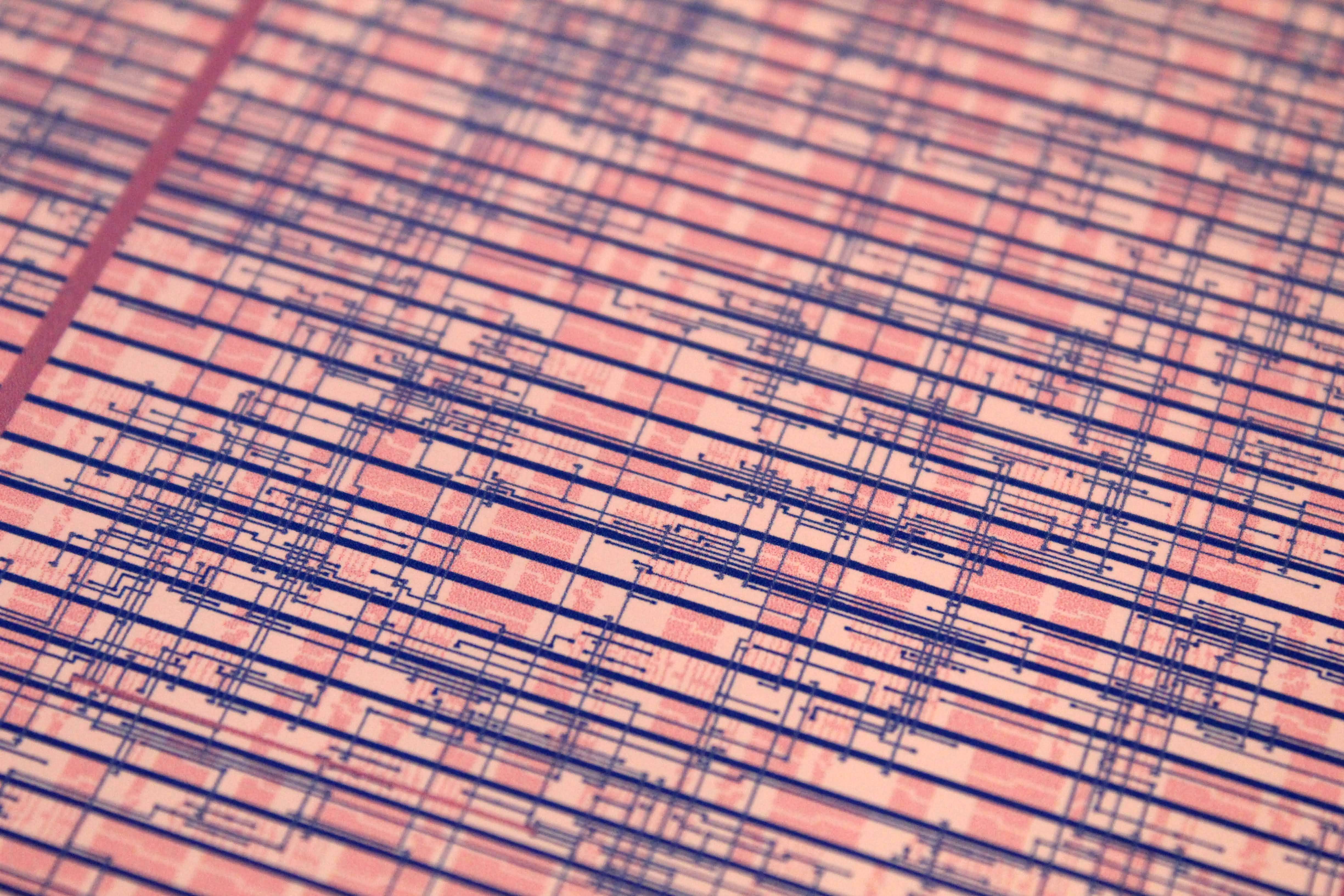
I’ve been wanting to try plotting or printing the GDS files from my first ASIC for a while, and finally I’ve had some time to have a play. I used KLayout because it’s easy to change colours, show and hide layers, and export to a high resolution PNG.
I want to make a poster with 3 pictures inside:
- The whole chip,
- Zoomed into the VGA clock macro,
- Zoomed into the standard cells.
Here’s a photo of the print (I know, how meta) of 1:
Understanding Caravel GPIO
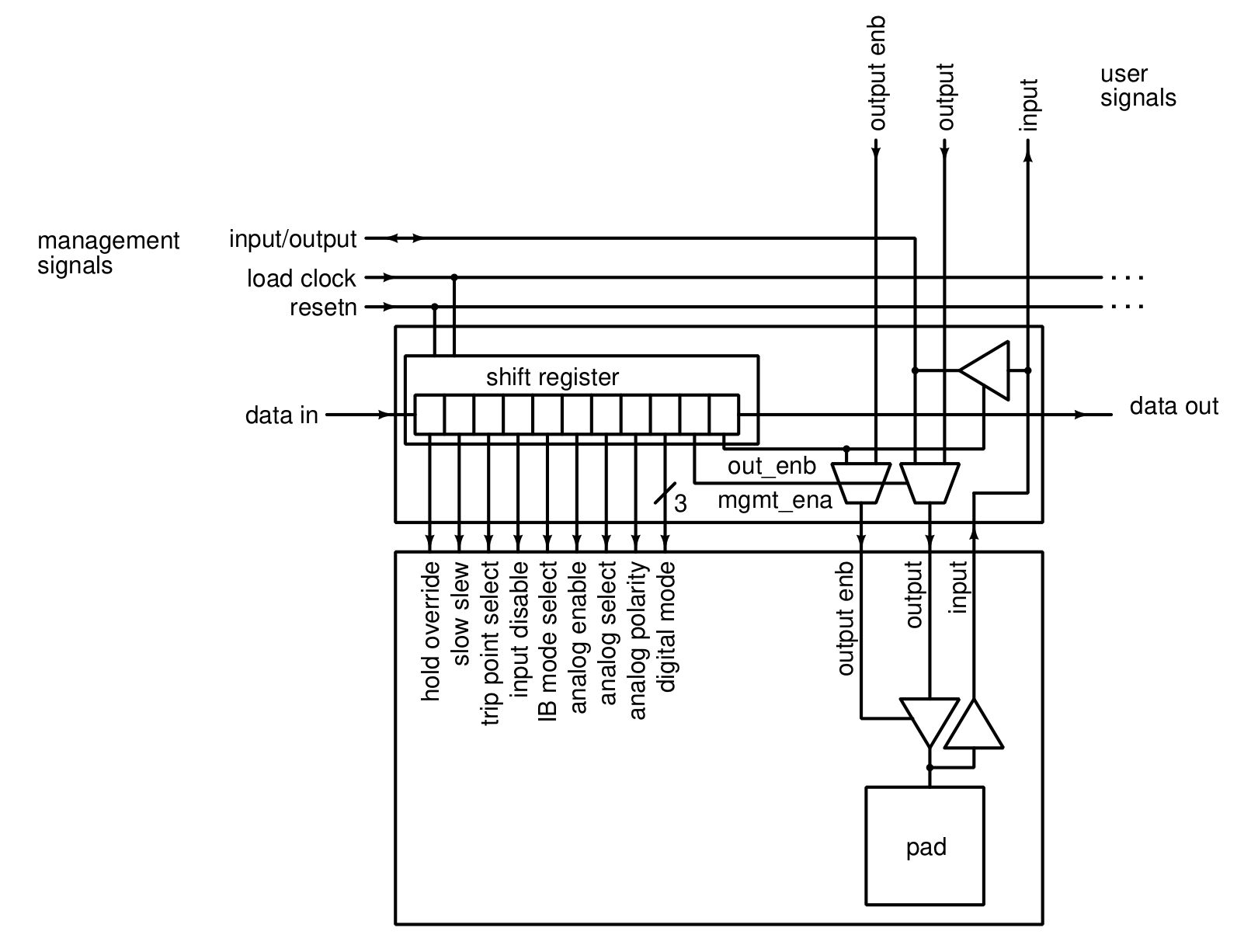
When I was first testing my designs inside Caravel, I was quite confused about all the GPIO options.

- Each pin has a range of options that can be configured by firmware running on the RISCV processor.
- Each pin can be driven from the processor or your custom design.
- The outputs have separate output enable lines for bi-directional signalling.
I put together an experiment where I tried the most important options and checked the results in a simulation. You can watch the video here:
Interview With Anton Blanchard - Microwatt: a 64 bit OpenPOWER core, VHDL and OpenLane
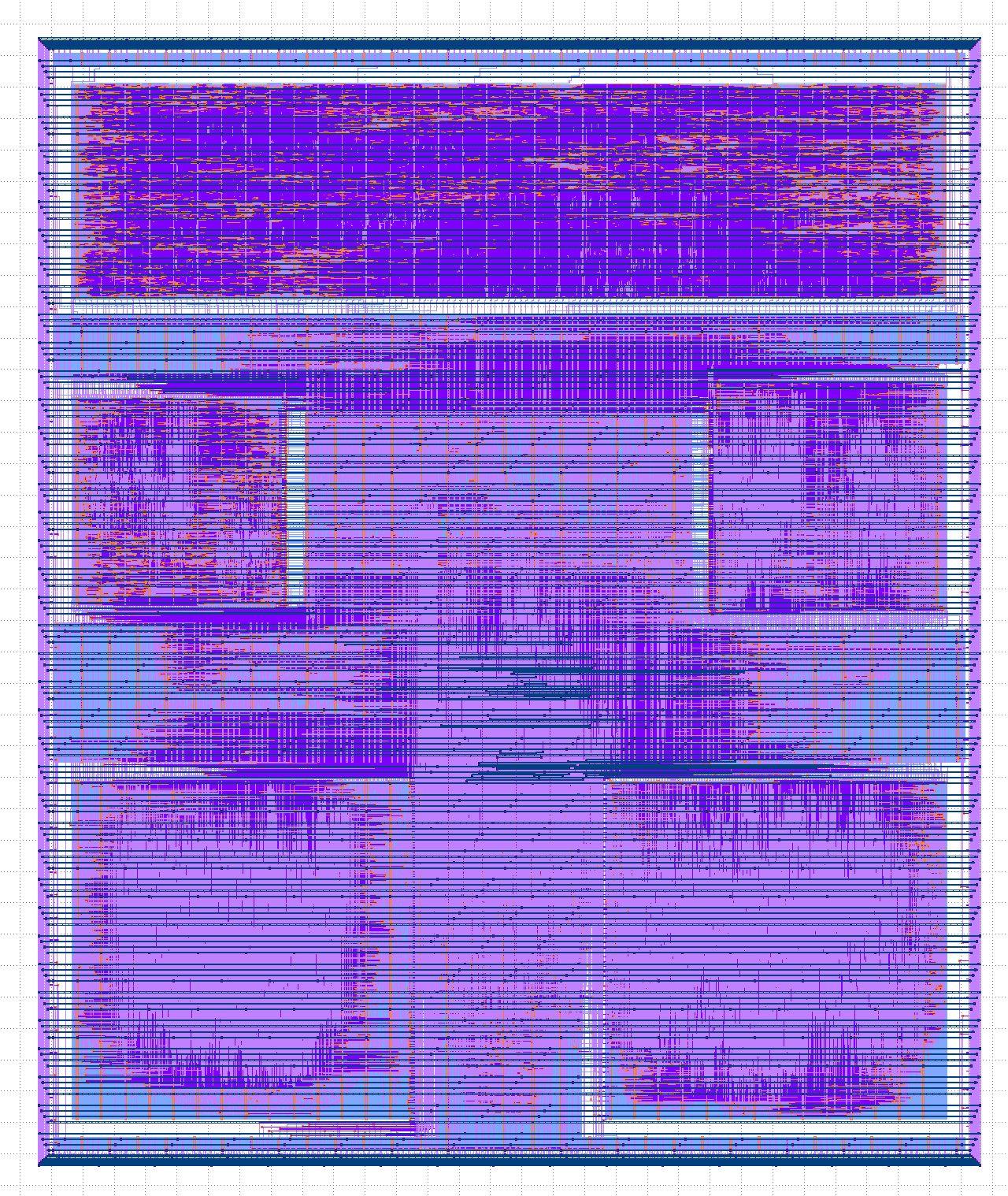
I interviewed Anton Blanchard about his MPW1 application - a 64bit OpenPOWER core written in VHDL.
We talked about:
- VHDL vs Verilog
- FPGA vs ASIC
- Problems they faced with such a big design
- SRAM vs DFFRAM
- Software vs Hardware mentality
- Fixing bugs and contributing to OpenLane
You can check out the repository here: https://github.com/antonblanchard/microwatt-caravel
Last minute DRC fixes
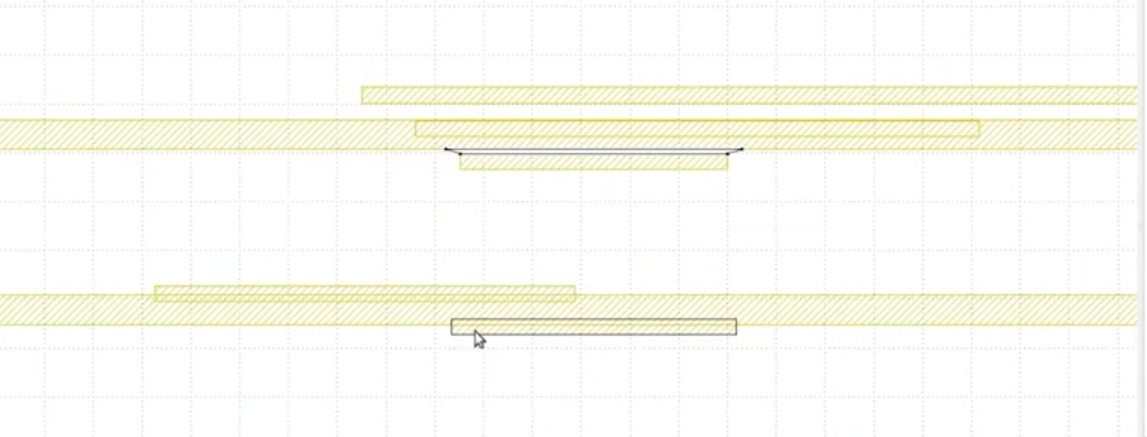
The story of the first Open Source ASIC shuttle continues!
A few of the applicants to the first shuttle were recently contacted by efabless - they had discovered some DRC issues that couldn’t be waived by the foundry.
In my recent interview with Tim Edwards, he mentioned that Google are paying for a license of Calibre - another swiss army ASIC tool like Magic. This is to help make sure that the OpenLANE DRC hasn’t missed anything.
Interview with Tim Edwards - what happens between ASIC submission and sending to Skywater?
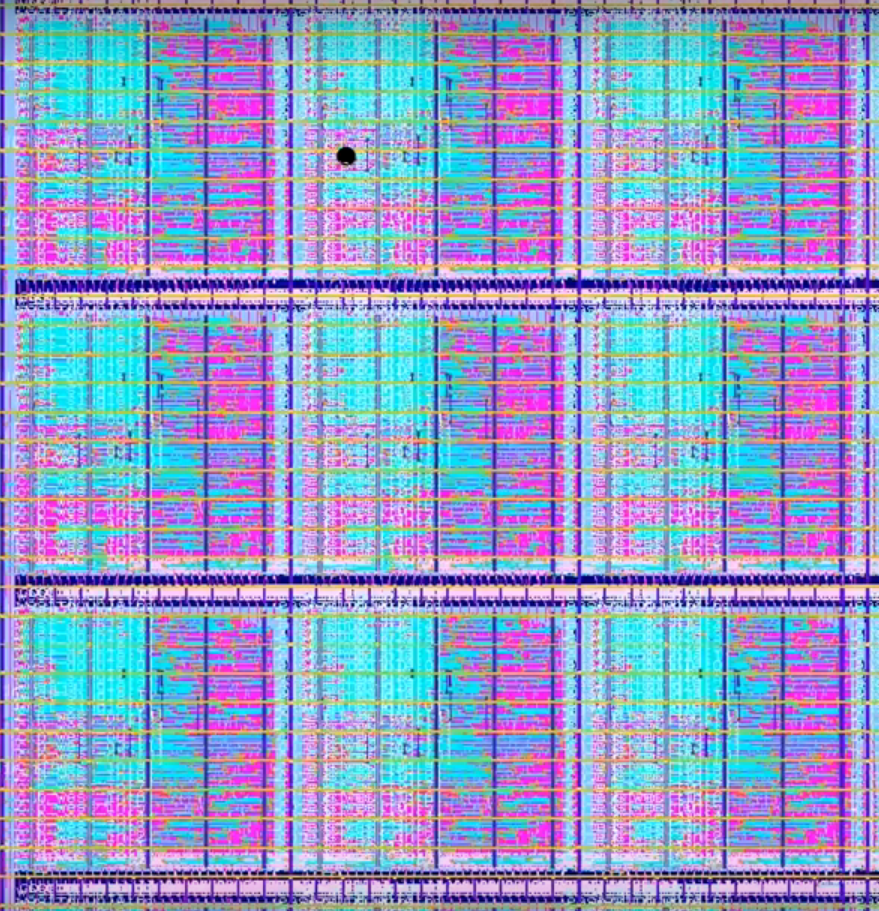
In this interview I talk with Tim Edwards from eFabless. He is their vice president of analog and platform.
We mostly talked about what needs to happen before they send the final files to Skywater.
A lot of the work is infrastructure:
- fetching files,
- compositing IDs,
- generating fill layers,
- a final DRC run.
Interview with Lakshmi S - PLL design
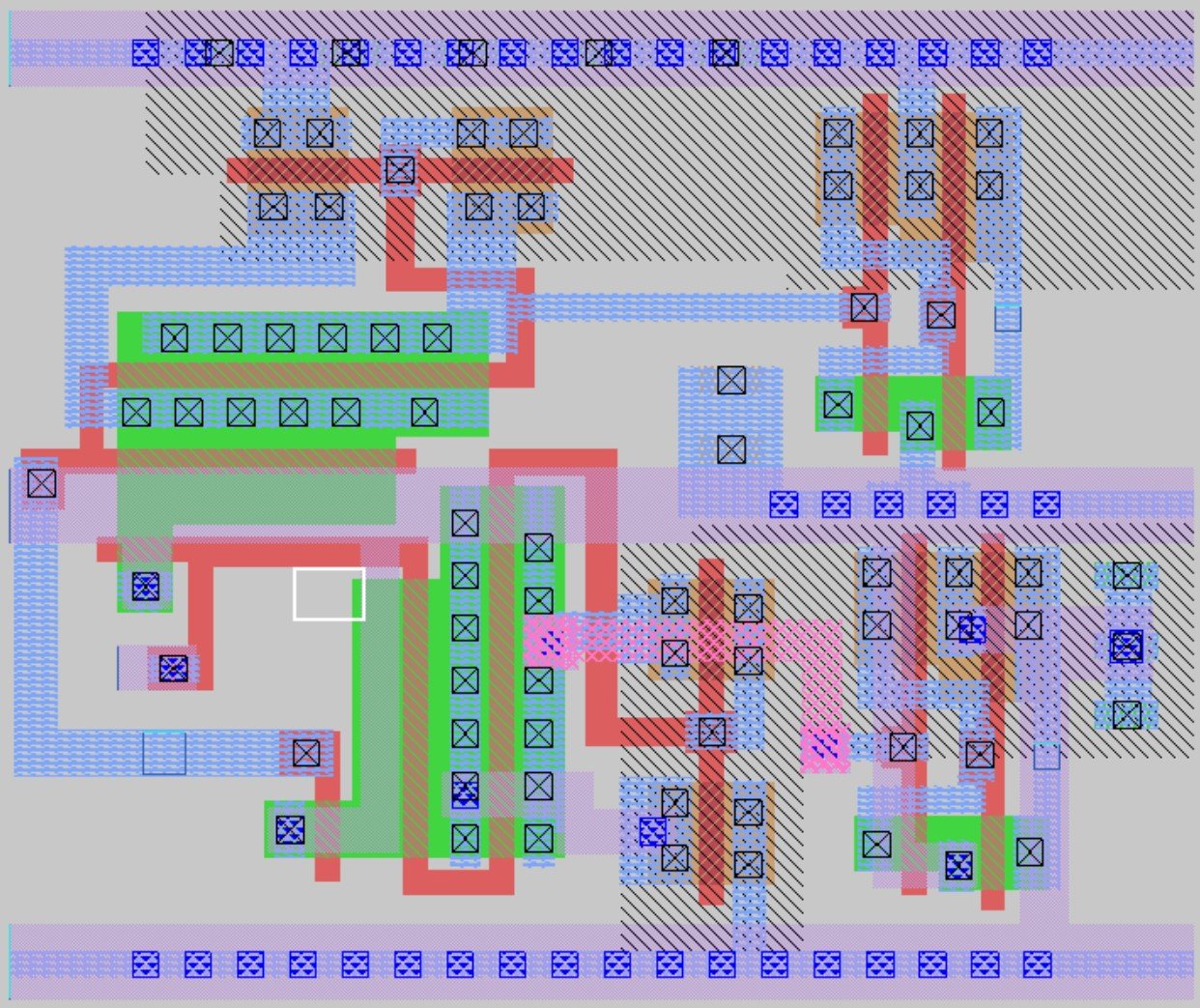
In this interview I talk with Lakshmi S about their shuttle submission.

As well as convering what a PLL is and its component parts, we also answered some interesting questions from the twitter community:
- how long things take to design, what is fun and what is frustrating,
- how to change the PLL’s response,
- why design a integrated loop filter,
- process corners and ngspice
- post silicon testing.
The repository is here.
Interview With Diego Hernando
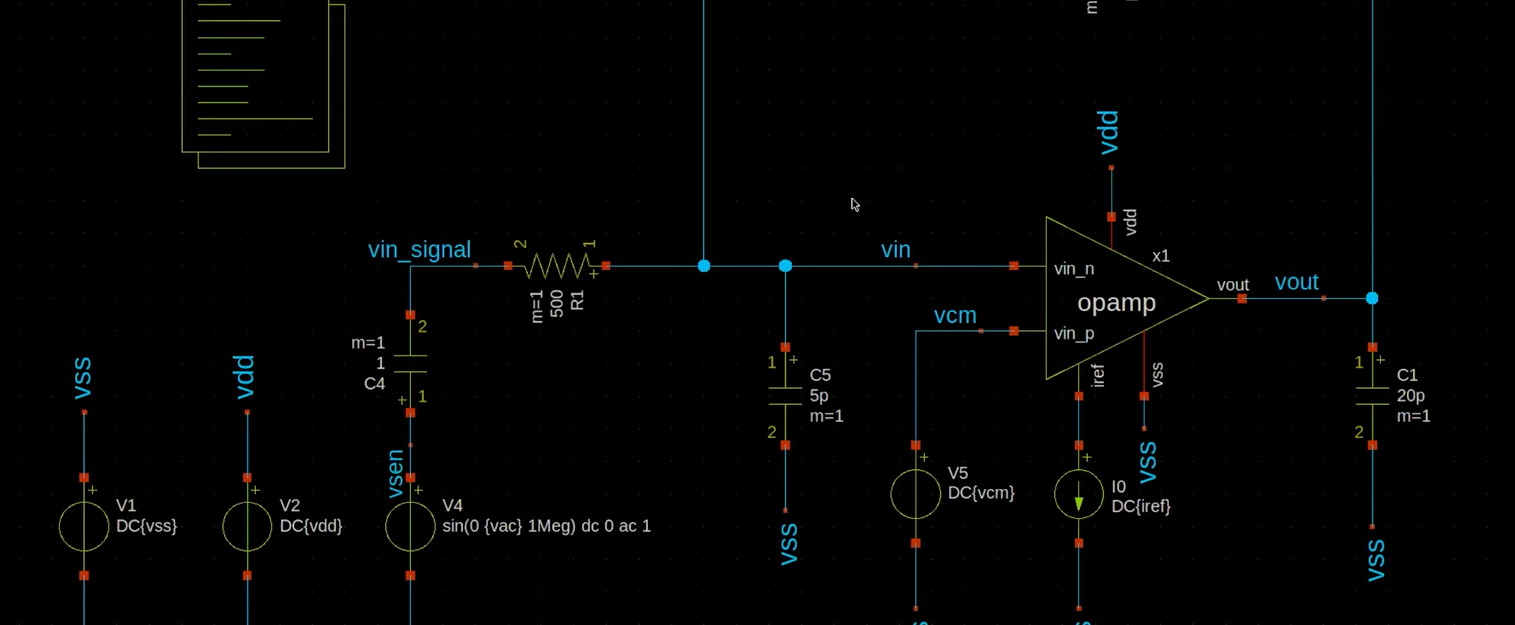
In this interview I talk with Diego Hernando about their ASIC submission.
They have been working on some analog blocks; mostly op-amps but also including a PLL from another designer.
We discuss the difference between digital and analog design, the tools, simulation, layout and testing.
Here’s the link to the repository
Image Attribution
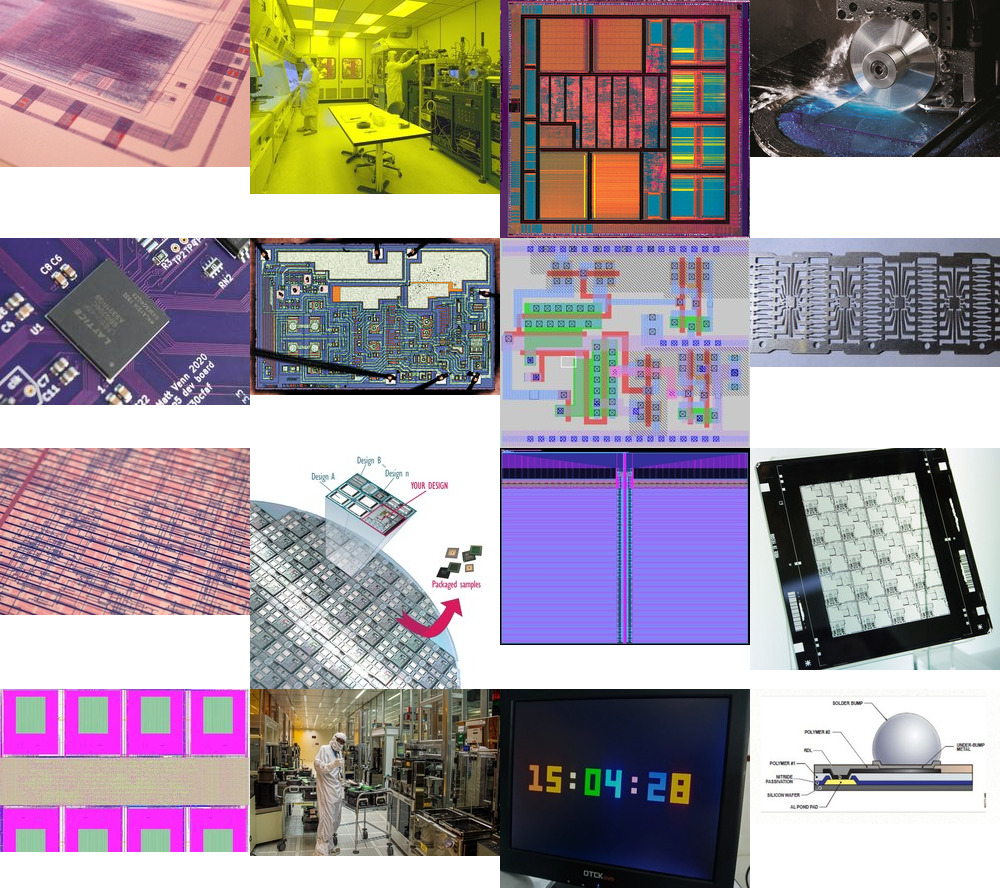
Image attributions for images used on this website.
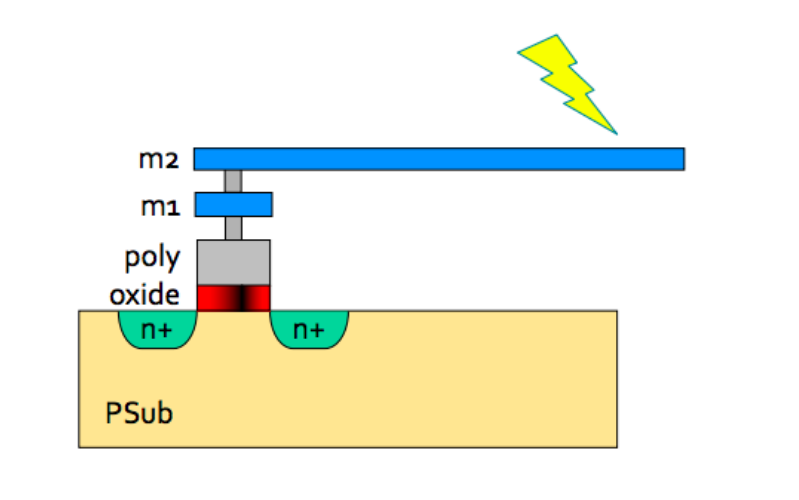 Image from Mohamed Shalan
Image from Mohamed Shalan
 Image from Caravel Datasheet
Image from Caravel Datasheet
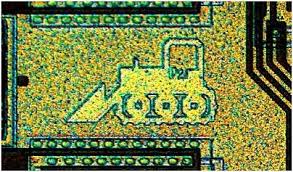 Image from RFCafe
Image from RFCafe
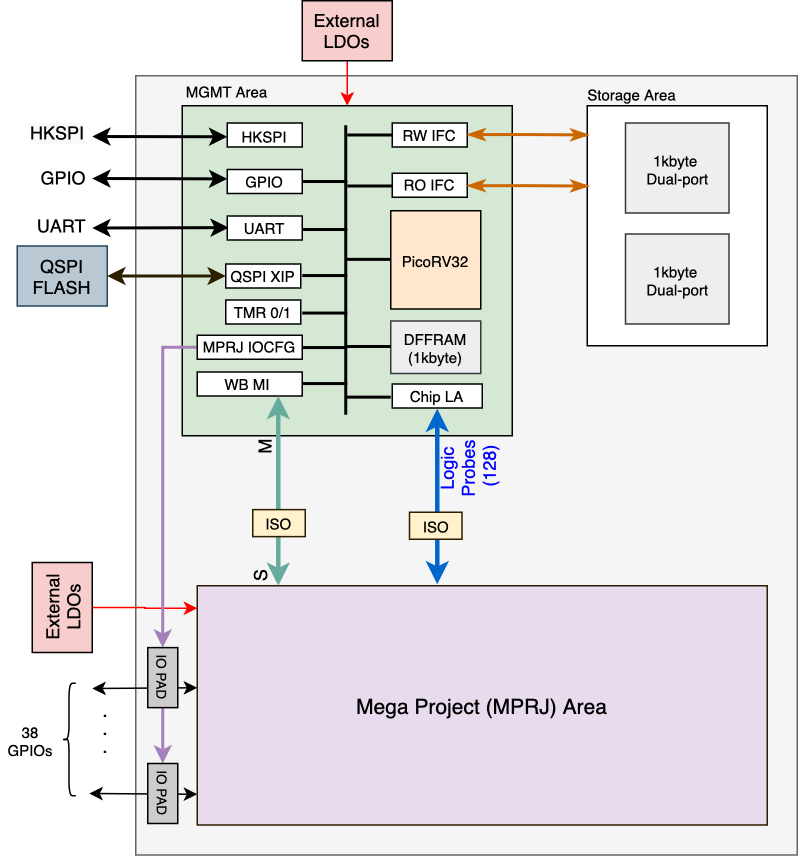 Image from Caravel Datasheet
Image from Caravel Datasheet
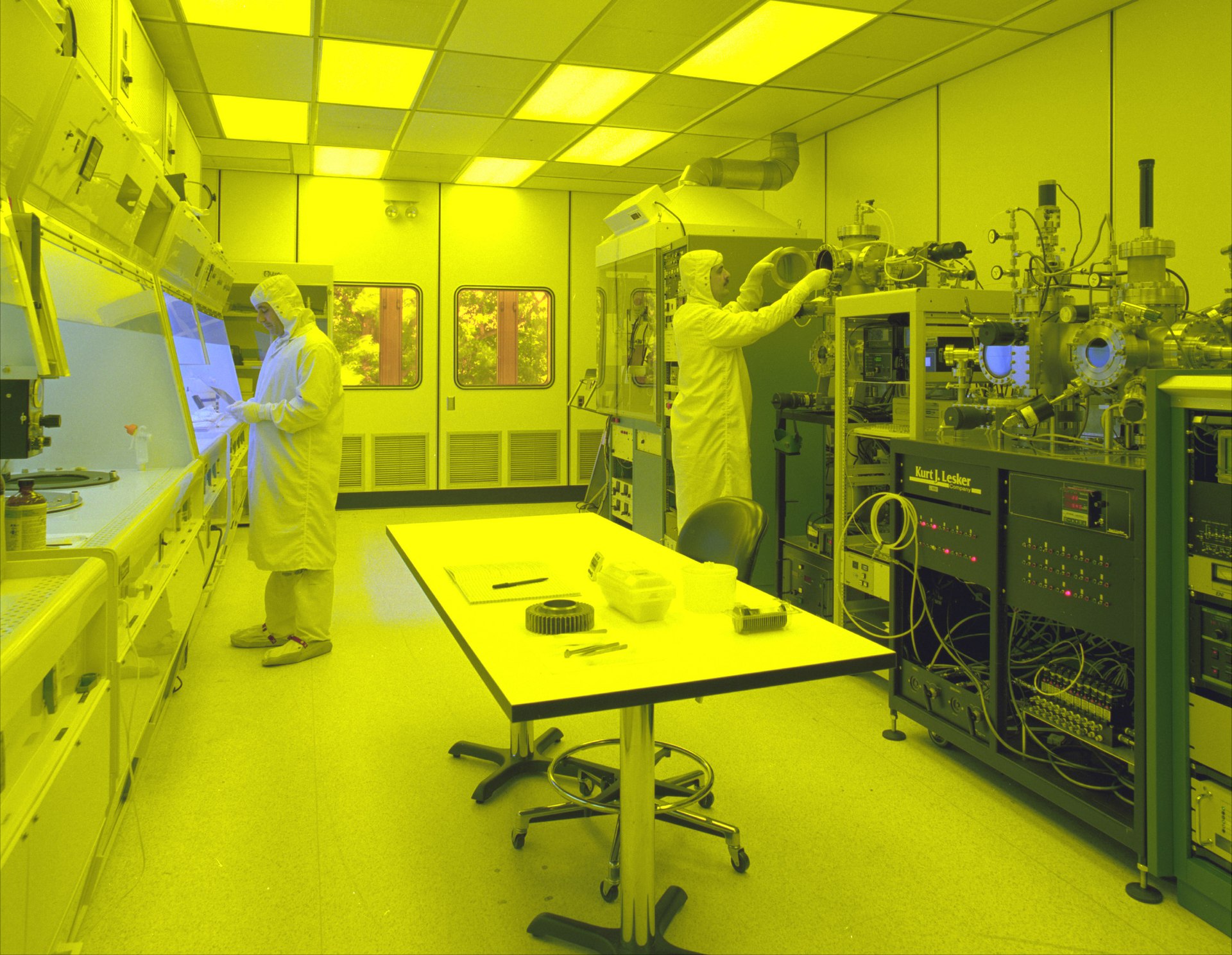 Image from Wikipedia
Image from Wikipedia
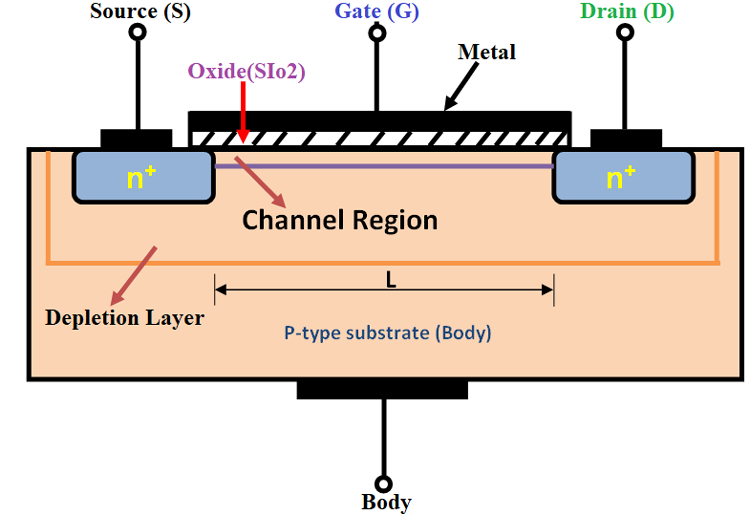 Image from Components 101
Image from Components 101
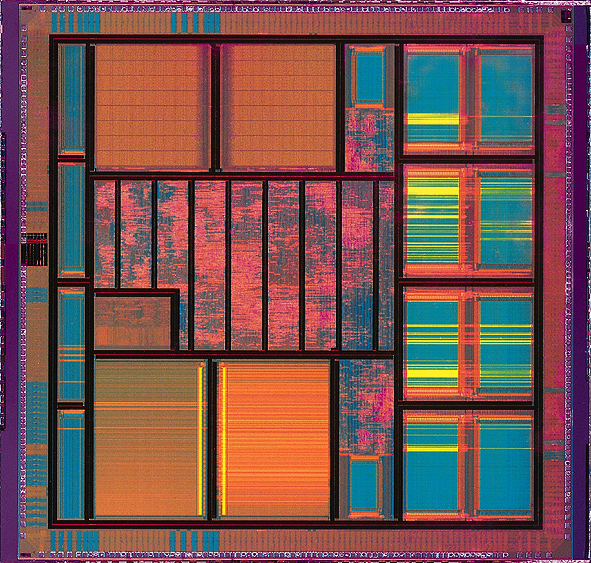 Image from Wikipedia
Image from Wikipedia
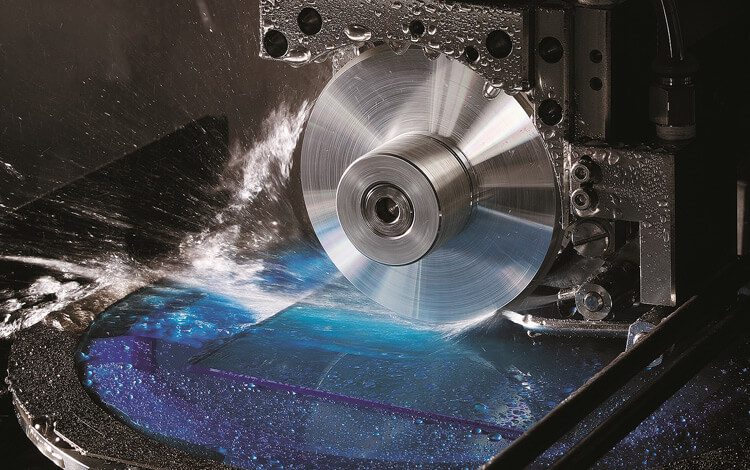 Image from WhaTech
Image from WhaTech
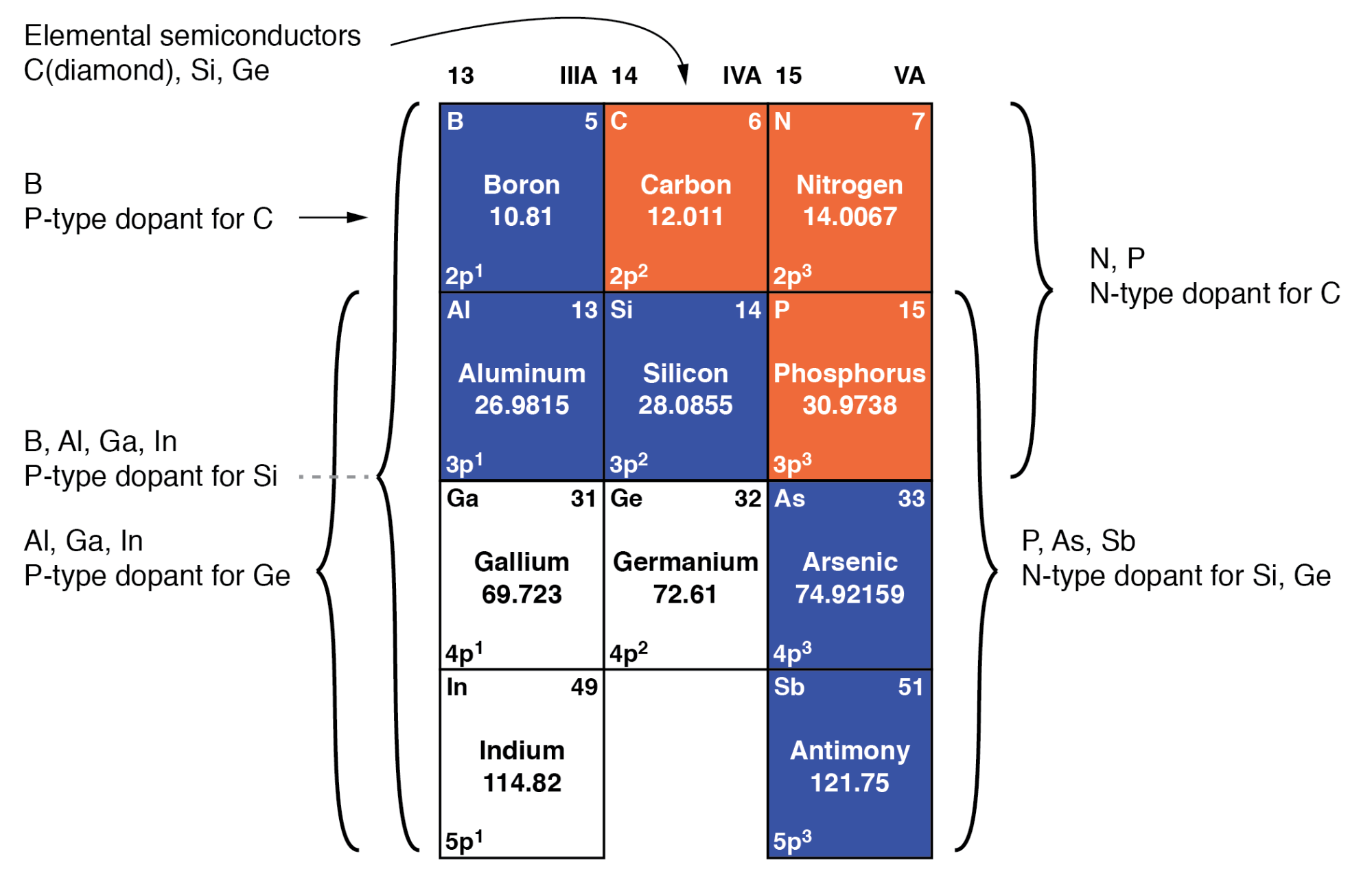 Image from Technocrazed
Image from Technocrazed
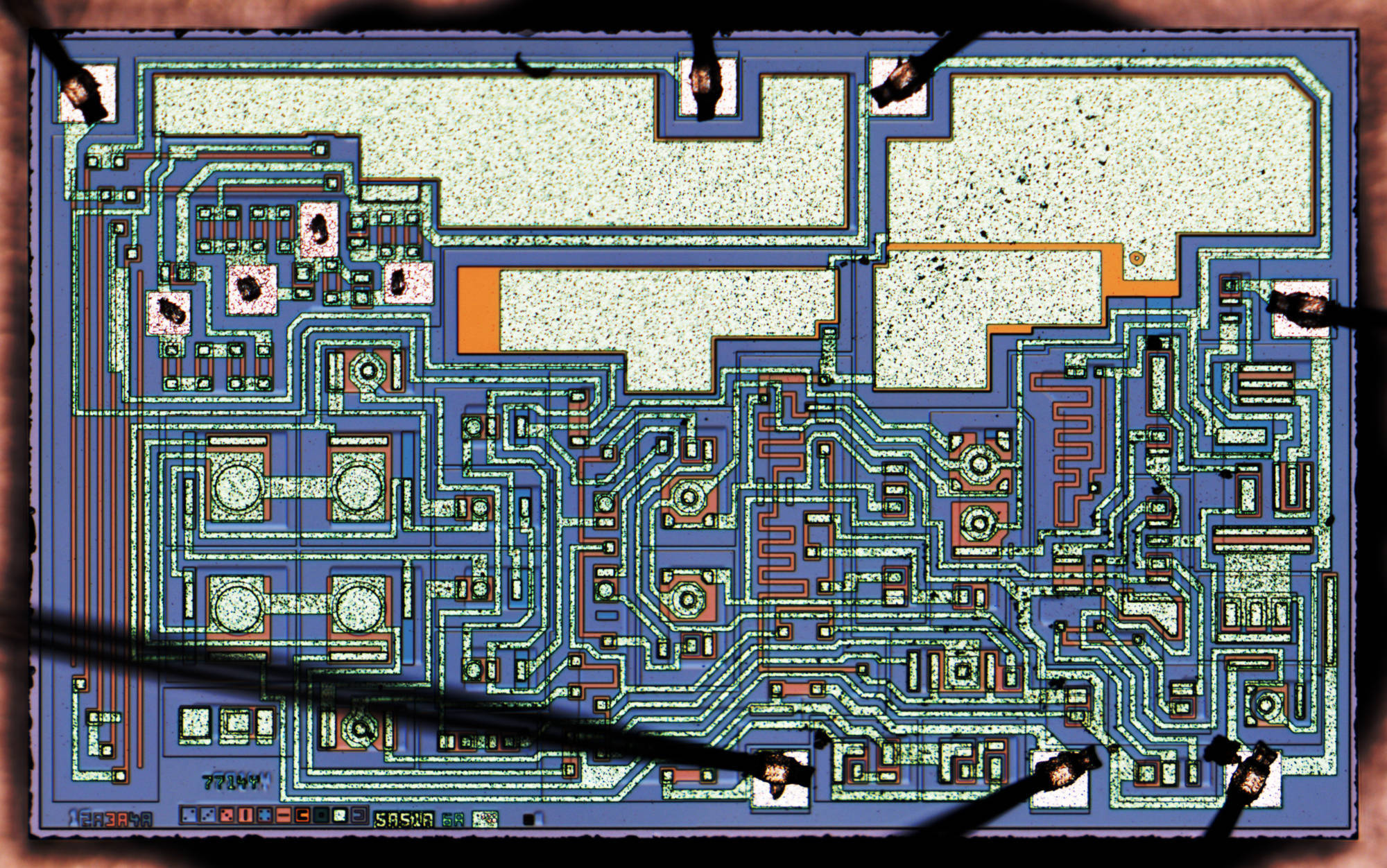 Image from Zeptobars
Image from Zeptobars
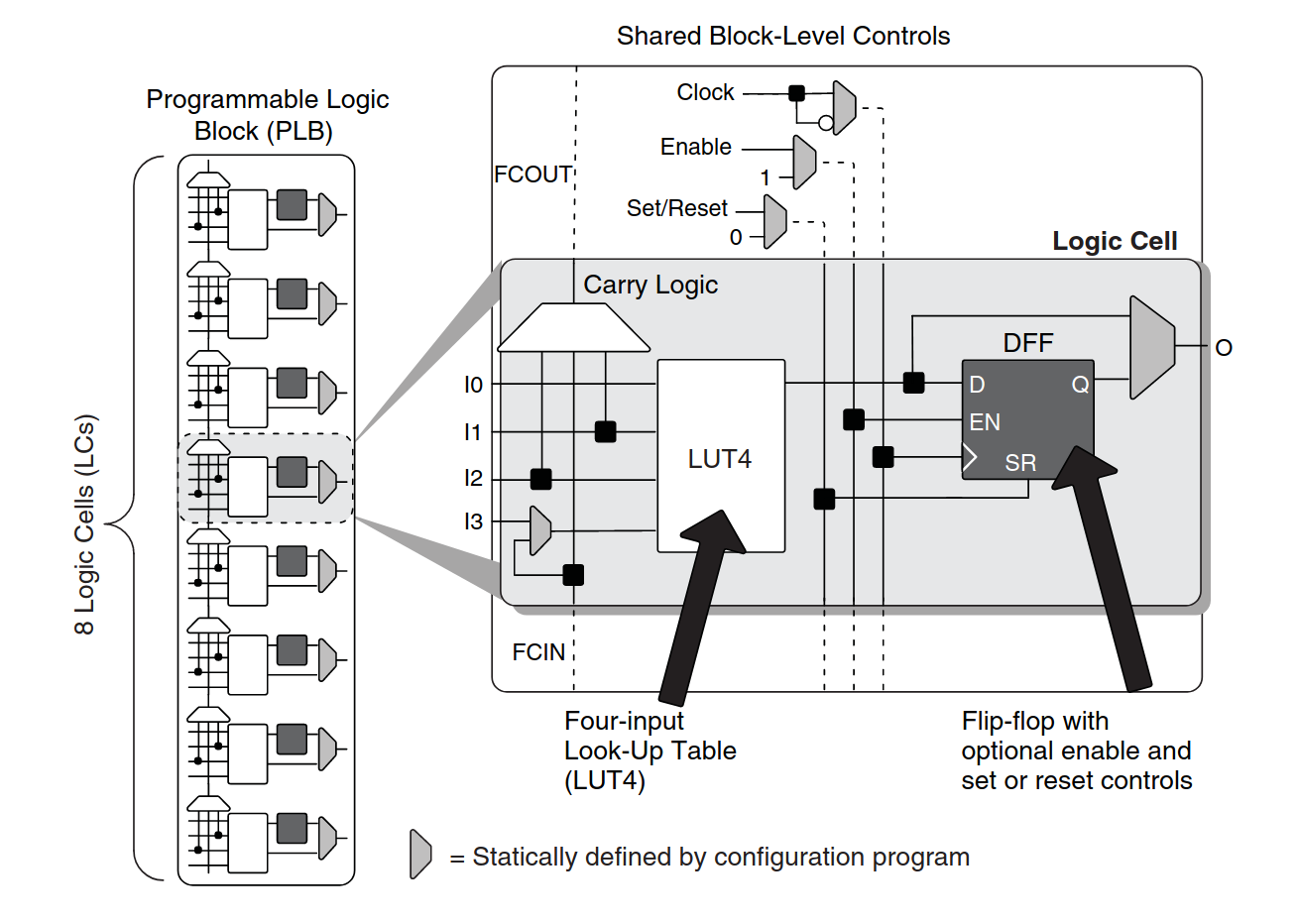 Image from Lattice Semiconductor
Image from Lattice Semiconductor
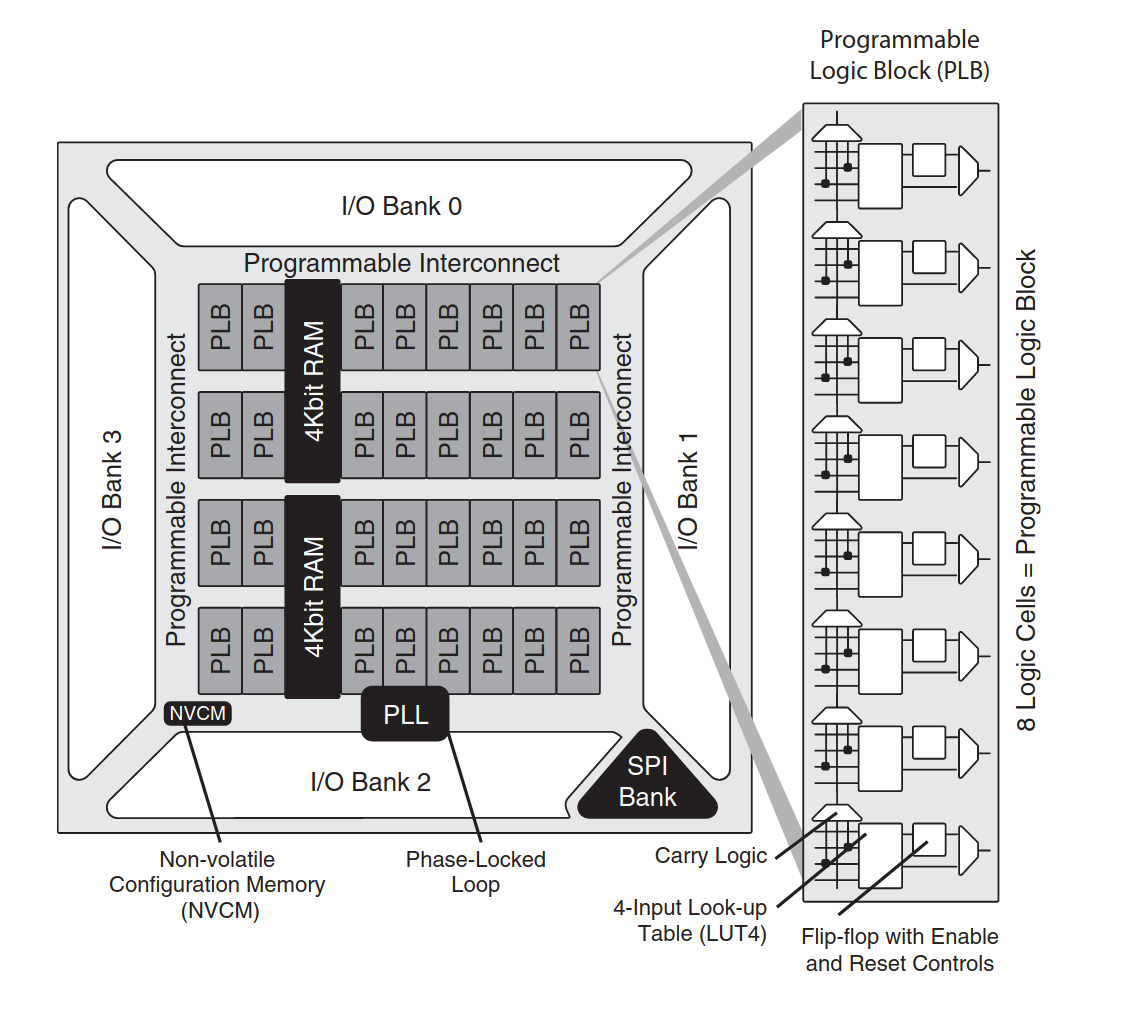 Image from Lattice Semiconductor
Image from Lattice Semiconductor
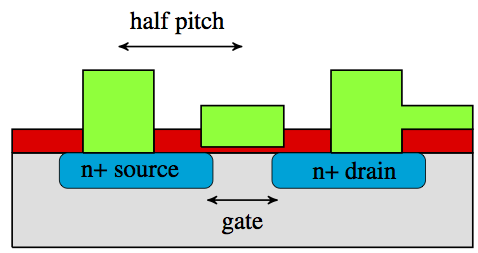 Image from M. Rovitto
Image from M. Rovitto
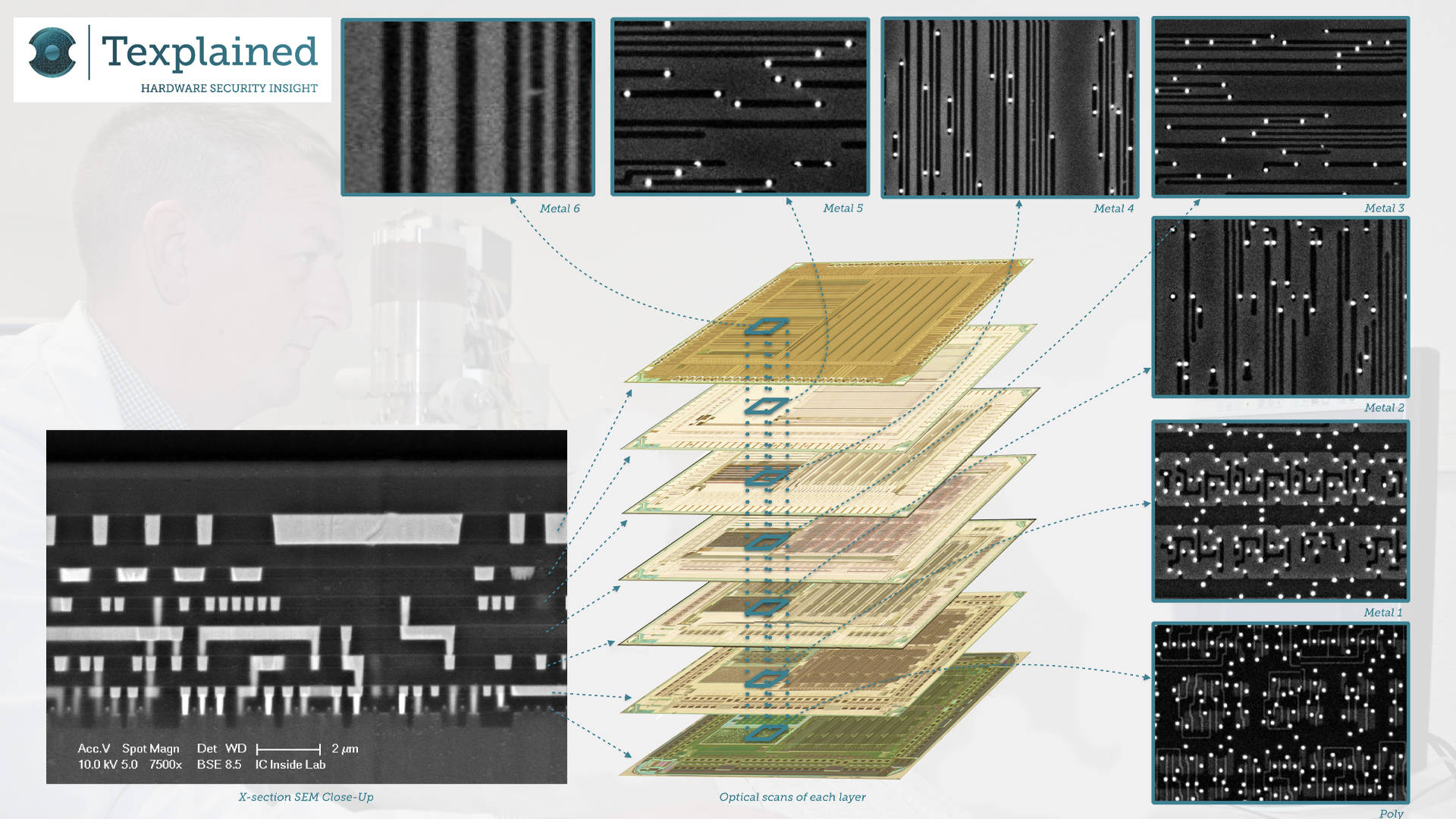 Image from Texplained
Image from Texplained
My first ASIC - MPW1 submitted
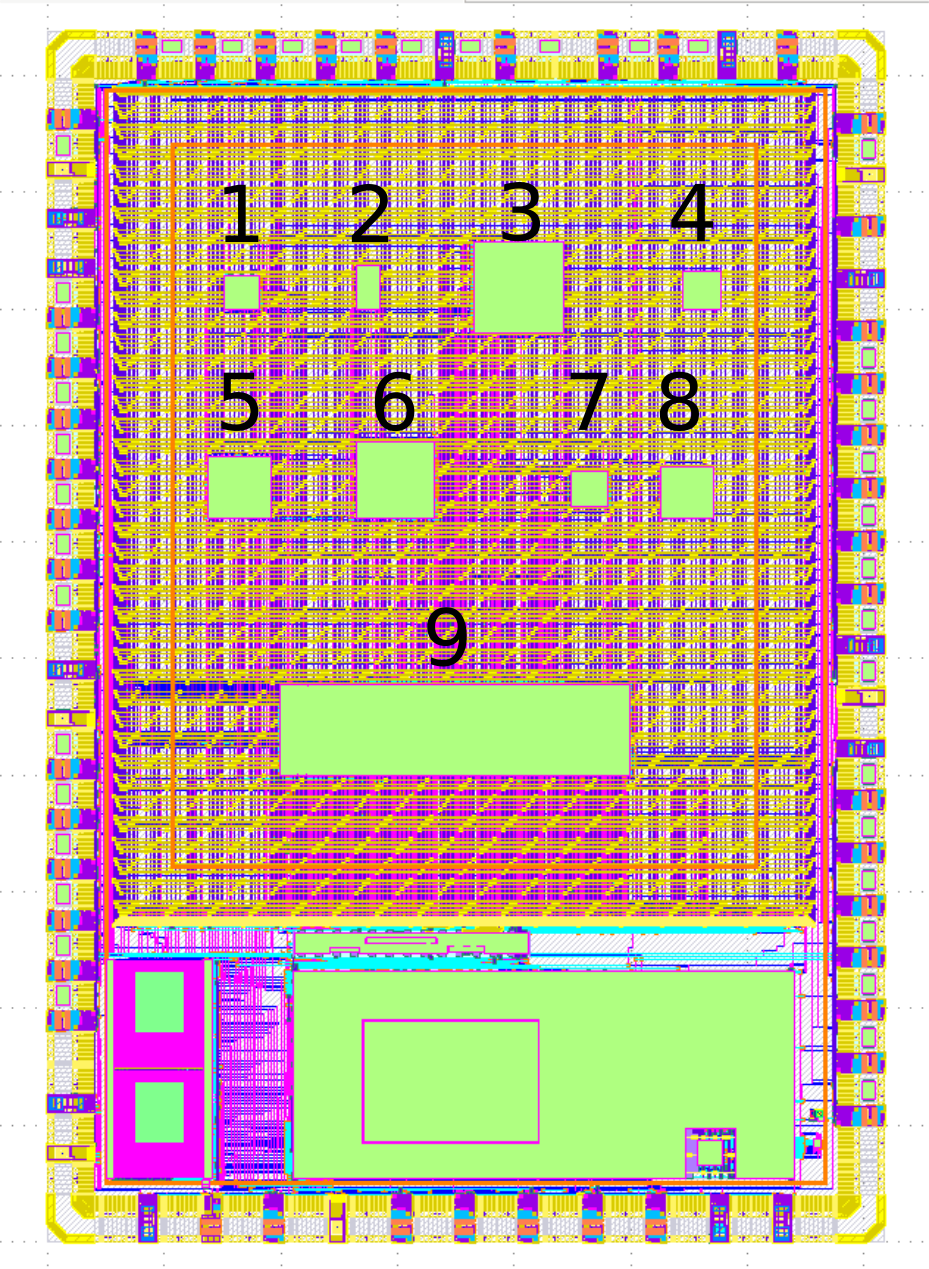
Wow! What a journey. I’m very happy to announce our submission is in and accepted. Now we have a long wait to see if it works! (it does! Jump to the end for an update).
Here’s a picture of the final design. The outer edge and the block at the bottom are all part of Caravel, the standard chip format that everyone on the shuttle has to use. It includes a RISCV processor, RAM, UART, a wishbone bus and more.
Interview with Arya Reais-Parsi - FPGA fabric

In this interview I talk with Arya Reais-Parsi about their shuttle submission. They are working with a group of students to create Open Source FPGA fabric that can be put on an ASIC and configured with yosys/nextpnr.
The repository is here.